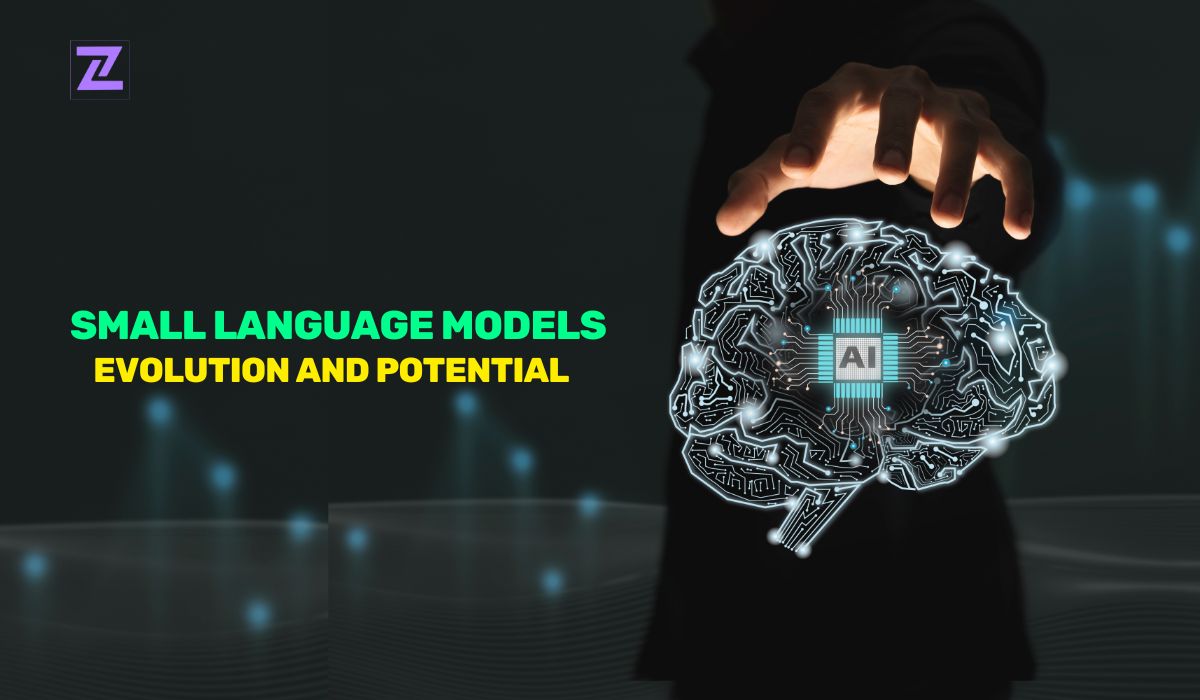
In recent years, artificial intelligence (AI) has witnessed unprecedented growth, driven largely by the advancements in large language models (LLMs). Models like GPT-3, boasting a staggering 175 billion parameters, have showcased remarkable capabilities in generating human-like text, answering questions, and summarizing documents. However, the sheer size of LLMs presents challenges in terms of efficiency, cost, and customizability. This has paved the way for a new class of models known as Small Language Models (SLMs).Let's delve into the evolution and potential of Small Language Models
Understanding Small Language Models:
Language models, at their core, are AI systems trained on extensive text datasets, enabling tasks such as text generation, summarization, and translation. Small language models occupy a similar space but with significantly fewer parameters. Typically, models with fewer than 100 million parameters are considered small, offering a more efficient, cost-effective, and customizable alternative to their larger counterparts.
Motivations Driving SLM Development:
1. Efficiency:
♦ SLMs, with their reduced parameters, exhibit superior computational efficiency.
♦ Faster inference speed and lower memory requirements contribute to enhanced performance.
2. Cost:
♦ Large language models entail substantial computational expenses for training and deployment.
♦ SLMs, on the other hand, can be trained and run on more accessible, cost-effective hardware.
3. Customizability:
♦ SLMs stand out for their adaptability to narrow domains and specialized applications.
♦ Customization processes, such as pretraining and fine-tuning, are more practical with smaller models.
Optimal Size for Useful Language Models:
Determining the sweet spot for the size of useful language models involves exploring the lower bounds. Research indicates that models with 1–10 million parameters can exhibit basic language competencies. Beyond 60 million parameters, models demonstrate competence across various language processing applications, with diminishing returns observed after the 200–300 million parameter scale.
Training Efficient SLMs:
The progress in training efficient SLMs relies on specific methods that enhance data efficiency and model utilization during the learning process. Key approaches include:
1. Transfer Learning:
♦ SLMs leverage transfer learning to bootstrap capability by training on broad datasets before specializing.
♦This method significantly improves data efficiency in training small language models.
2. Self-Supervised Learning:
♦ SLMs benefit from self-supervised learning, particularly effective in imparting strong capabilities in smaller models.
♦ By presenting language modeling as an interactive prediction challenge, self-supervised learning engages the model more fully during training.
3. Architecture Choices:
♦ Careful selection of neural network architectures, such as Efficient Transformers, optimizes model capacity for language tasks.
♦ Efficient Transformers achieve similar language task performance with significantly fewer parameters compared to baseline models.
Example Applications Showcasing SLM Efficacy:
1. Finance:
♦ Transaction classifiers automate coding of invoice line-items, improving bookkeeping efficiency.
♦ Sentiment models extract opinions from earnings call transcripts, aiding in trading signal development.
♦ Custom entities systematize unstructured bank statements for risk analysis.
2. Entertainment:
♦ SLMs in media and gaming automatically generate first draft scripts, enhancing productivity.
♦ In open-world gaming, dialogue models produce dynamic conversation trees tailored to user context.
♦ Language analysis enriches entertainment metadata, improving recommendation engines.
Developer Frameworks for Custom SLMs:
Several developer frameworks facilitate the creation and deployment of customized SLMs:
Hugging Face Hub: A platform for hosting datasets and orchestrating model training pipelines.
Anthropic Claude: Enables easy training of custom classifiers, text generators, and summarizers.
Cohere for AI: A developer-friendly platform for building language models down to 1 million parameters.
Assembler: Provides tools for developing reader, writer, and classifier SLMs specialized to niche data inputs.
Domain-Specific SLMs:
Large language models, as they scale up, become generalized but diluted in domain-specific knowledge. Organizations across industries are developing their own domain-specific SLMs using internal data assets, leading to advantages in accuracy, confidentiality, responsiveness, and cost efficiency.
Future Opportunities and Challenges:
Opportunities:
♦ Customization enables targeting specialized gaps in industries underserved by general AI.
♦ Hybrid intelligence combinations with human experts enhance AI to augment rather than replace jobs.
♦ Continued progress in efficient training techniques will expand SLM capabilities.
Challenges:
♦ Inappropriate reliance on AI for sensitive use cases risks excluding human expertise.
♦ Data quality and concept drift issues may arise when applied models make unsupported inferences.
♦Transparency becomes challenging as multiple small models obfuscate the reasons behind particular outputs.
As we witness the rise of Small Language Models, the possibilities for customization, efficiency, and accessibility in AI are becoming evident. While challenges persist, responsible development principles can pave the way for SLMs to transform various industries. We are at the beginning of a new phase in AI productivity, where specialized models come within reach, offering tailored solutions and driving innovation in ways we are only beginning to comprehend.